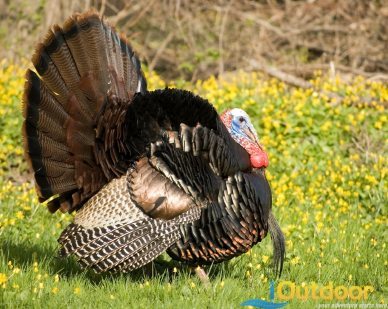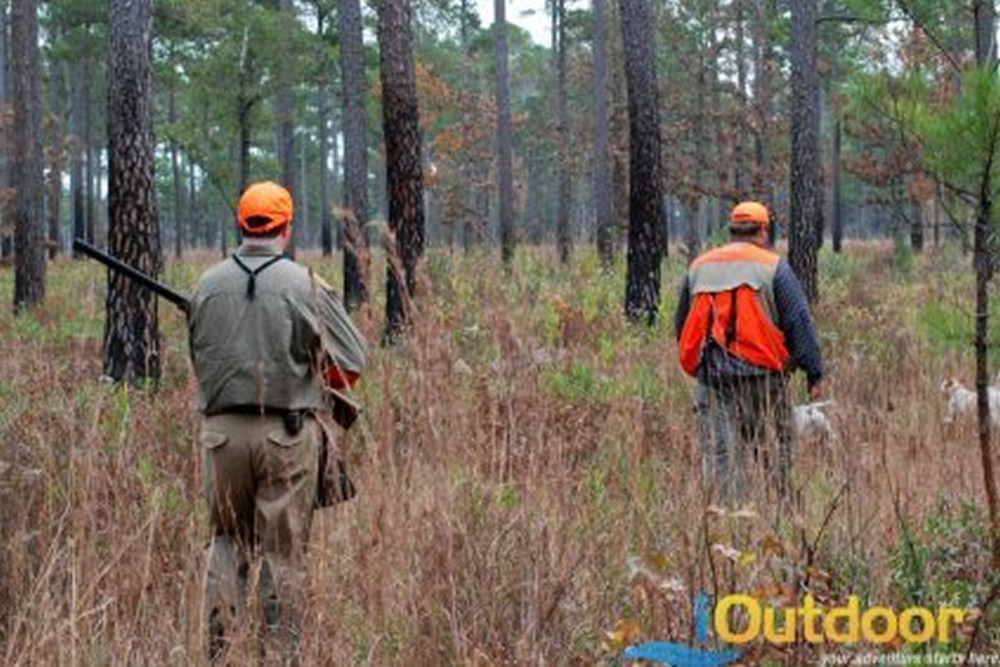Best Turkey Calls 2020
Springtime is the best time of the year to hunt wild turkey. Then, most turkey hunters’ preparation focuses on weapons like rifles and bow. Equally important, the decoys to use in sparse woods or open meadows. They would normally bypass one important single factor – turkey calls.

Best Turkey Calls 2020
Turkey calling, compared to stalking, is the better method of hunting wild turkey. It may be simple as it sounds but making turkey calls can be quite tricky. The idea is to make a hen turkey sound to attract a male turkey. In some cases, gobbling sounds to lure in the inhabiting turkey by making it appear that another male turkey is trespassing its territory.
There are different kinds of turkey calls that can be used from clucks to gobbles, cackles, purrs, cuts, yelps, clucks, kee-kees, and a whole lot more. The question is – what is the best turkey call to use? Truth is, there is no single and generic turkey call that can be deemed the most effective. Since turkeys are unpredictable, always differing in response when they hear a specific call. A good turkey hunter then has a mastery of several types of turkey calls and knows which to use given a particular hunting condition.
Here are some of the best turkey calls used by wild turkey hunters:
Reviews and Comparison
- Mouth calls. It is basic for wild turkey hunters to learn how to make mouth calls. Although they are the most difficult to master, mouth calls are the most affordable and adaptable. They are best used when the turkey is so near to the hunter, making him or her unable to make box or friction calls, which may cause movement that may scare the turkey away. Mouth calls are also perfect during rainy conditions when box and friction call dripping wet would be useless.
- Box Calls. Box calls are the most reliable type of calling as they produce more volume and are quite simple to use, making it easier for wild turkey hunters especially beginners. To use box calls, hunters slide the lid across the box’s surface to make turkey sounds. Box calls are best used during windy and rainy days.
- Friction calls. Friction calls, on the other hand, create lifelike turkey sounds. They are used by scratching the bottom of a peg across a round surface, which can be made of wood, aluminum, slate, or carbon striker. Just like box calls, friction calls are best used during windy days and rainy days.
- Diaphragm calls. These calls are used by directly inserting it inside the mouth, producing sound by inhalation and exhalation.
- Push-pull calls. Push-pull calls create lifelike turkey sounds by pushing a button on its end that forces a surface across a peg
- Tube calls. These are made up of a hollow barrel while latex is attached to its upper part with an elastic material. Tube calls are a favorite among seasoned hunters as they are versatile, being able to create several sounds.
- Turkey locator calls. As tom turkeys make gobbling sounds at loud noises, turkey locator calls force a tom turkey to sound off, thereby giving away its exact location.
In Conclusion
It takes quite constant practice and experience to choose the turkey calls that suit you best. If you are a beginner wild turkey hunter, be patient to learn the best turkey calls that best match your hunting style. You can try to ask experienced wild turkey hunters or explore the internet for videos about tips about turkey calls, but this is one of the reasons we wrote established the best Turkey calls 2020.







